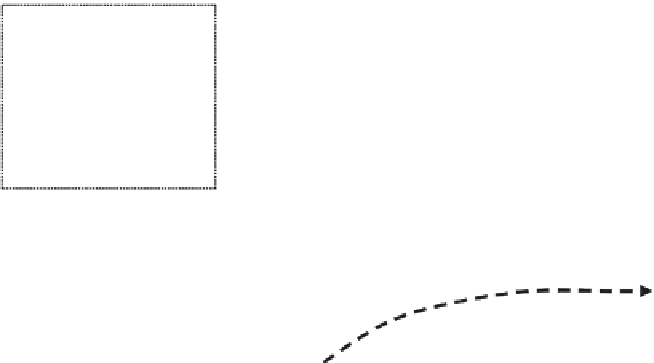Geoscience Reference
In-Depth Information
5.5.2
Transformation of Tropical Landscapes
Above the lithomarges in the profiles, we see the frequent occurrence
of gravelly layers (debris of cuirasses, quartz layers), often rather thin
and parallel to the soil surface. Their origin is poorly understood. There
are three possible explanations:
geochemical wasting involves the local collection, close to the
soil surface, of residues of quartz veins (Fig. 5.10a);
an old surface eroded and paved with stones [cf. the surface
accumulations in some deserts (Fig. 5.10b)] has been buried by
colluviation or by termites that bring up the soil from just below
(hypothesis of
reversal
);
quartz veins have been disintegrated and distributed within the
profile along the slope (Fig. 5.10c).
A complete review of the various hypotheses is available (Collinet
1969). Each of them probably contains a more or less large part of the
truth.
Establishment of stone lines
(a):
Soil collapse (Tardy 1993)
(b):
Biological or
colluvial coverage of a
desert pavement
Old surface
of the soil
Geochemical
wasting
Original condition
New surface of
the soil with
corresponding
descent of
quartz debris
Present condition
Quartz vein
(c):
Lateral breaking
up of the horizons
on the slope leading
to the present
subhorizontal
position of quartz
residues
State after spreading
Original
state
Fig. 5.10
Possible mechanisms of formation of a 'stone line'.







































































































